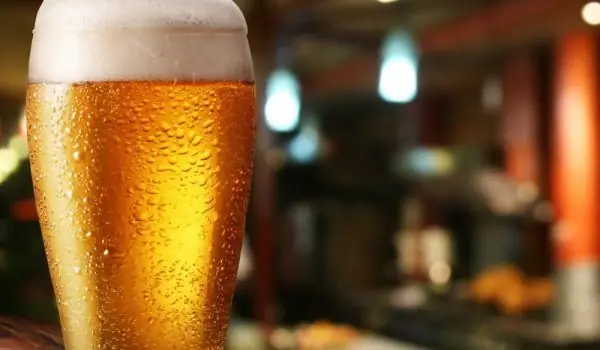2025 Author: Jasmine Walkman | [email protected]. Last modified: 2025-01-23 10:18
A group of researchers from the Norwegian Institute of Biochemical Research is trying to find effective ways to use algae in the modern food industry. Scientists have joined forces with brewers and bakers to launch several pilot projects in which protein- and vitamin-rich algae will be used to make food and drink.
Microalgae have a unique nutritional value. Potentially this is the best source of nutrients available to mankind, and still in Norway and around the world it is the least popular, says one of the participants in the project - Part of the problem is in the tradition. Part of the reason is in the technologies currently in use, he added.
Today, concentrates of these single-celled microorganisms, such as chlorella and spirulina, are widely used in the production of sports nutrition and animal feed. From 40% to 70% of their dry weight contains high quality protein, they also have a high content of vitamins and trace elements.
However, in most cases, algae and bacteria are now grown in open water, which often leads to contamination of the product with pathogenic microorganisms. The implementation of closed microalgae production systems has started relatively recently and Norwegian scientists want to be among the first to create highly specialized and highly efficient solutions for the needs of specific industries.
Several teams of researchers working in research centers across the country are trying to determine what lighting, temperature and pH value of water can be achieved to grow algae in transparent containers.
The next challenge will be to set up production lines designed for large-scale production. The goal of publicly funded projects is a 15-year period to create a new industry in the country, from which the final products will be bread and beer.

According to statistical studies, in the last 30 years our planet will be inhabited by about nine billion people, which could lead to eating problems. According to scientists, the project for algae will be one way of resolving this possible food crisis.
Industrial production and use of microalgae for food is one way to at least partially solve the problem without increasing the burden on natural ecosystems, many of which are largely depleted.
Recommended:
What Does Native Beer Contain And How To Recognize Quality Beer

Although Bulgaria is not the leading country in drinking beer in the world, when the summer heat comes, there is no more popular drink in our country. However, what the native beer contains and how to distinguish the quality from the low-quality, reveals the section Read the label of bTV.
Seaweed And Their Remarkable Health Benefits

Fresh from the sea or ocean, with a number of health benefits, seaweed is a delicacy , which unfortunately is rarely present at our table, but in fact deserves a proper place in our menu. Here are some reasons why you should start you eat more seaweed :
For The Japanese Menu And Kelp Seaweed

The traditional Japanese menu includes a large percentage of seaweed. In some parts of Japan, almost ¼ of the daily diet consists of algae in various forms. The Japanese make soups, noodles, dishes and other seaweed dishes. The Japanese are among the most resilient, strong, diligent and healthy people in the world.
A Brief History Of Beer Around The World And In Our Country

Beer is a drink that is a favorite of both men and women, both young and old. Her Majesty beer is one of the most ancient drinks in the world. It was prepared 5,000 years before Christ. In ancient Mesopotamia and Sumer, they loved to drink beer.
Super-bananas Will Fight Hunger In Africa

Bananas are the fruit of a tree-like plant that is grown mainly in the tropics, but can grow in over a hundred countries. Bananas are present on the market all year round and participate in a variety of our favorite desserts. Apart from being delicious, bananas are also useful because they contain fiber, vitamin A, vitamin B6, manganese, folic acid and more.

